Note: This is a blog which I originally wrote for our company blog, at ABOUTAsiatravel.com/blog. You can access the original article here.
- Brahman Cows in Cambodia
- A ‘Mechanical Cow’
- Beans for dessert?!? Yes, this is Asia
- The neighborhood bike mechanic–recycler extraordinaire.
- Winnowing poppyseeds
- Chicks for Sale! Only 12 cents each.
- A market seamstress
- Kuy teav, Cambodian breakfast noodle soup. 1$ a bowl.
- Cottage-industry recycling (upcycling)
- Banh xeo, a vietnamese yellow savory crepe. Delicious.
- A happy child in a rural Cambodia village
- Lotus in a roadside pond
- Fresh and ready for soup. Possibly to pair with the red ants….
- Hot! Beware….
- A grandmother braiding her granddaughter’s hair
The open-air market is teeming with early-morning life. It’s a photographer’s paradise—vibrant colors, morning light and shadow, exotic foodstuffs, interesting people, as far as the eye can see. Fish swim circles in metal tubs, and chickens, a soup-pot in their future, cluck loudly as women push past me with heavy bags of groceries for the day. Vendors ladle steaming bowls of noodles in beef broth for breakfast. Every few minutes a small delivery motorcycle passes down the narrow aisle, the rear seat piled high with fresh produce. It is sensory overload—there is something unique, interesting in every direction for my camera lens.
I’m here with of one of the best native Cambodian photographers in the country, Sang Kimleng. A few months earlier, I had stumbled across his work. He organizes small-scale photowalks through Cambodian villages and markets around Siem Reap, and I was intrigued. Curiosity reigned, and my friend Eric and I arranged to spend a morning with Kimleng wandering about the countryside and markets.
I love Kimleng’s backstory. A self taught photographer, he has been a tuk tuk driver for years, shuttling tourists to the temples of Angkor. As he developed an interest in photography, he realized that travelers come and go and never truly see local life. He began combining his photographic passion with his work—taking travelers through local villages for a few hours to document real Cambodian life.
His knowledge of photographic technique is good, but the real value lies in his kind, disarming personality. You can’t help but like Kimleng and his great ability to document local life as an insider. I couldn’t wait to join a photowalk with him.
Photowalks are becoming more and more commonplace around the world. My social media feed routinely displays news about groups of amateur and professional photographers doing a two- or three-hour walk in Hong Kong, Venice, Bangkok, New York, or Sydney. As a traveler, I love photowalks, as they combine two things I enjoy most—discovering a new destination on foot, and capturing moments, memories and places with my camera. What’s not to love? Walking through an exciting new locale with like-minded photo enthusiasts, snapping photos along the way, is a perfect collaborative environment to learn, to be inspired, and to sharpen one’s skills.
We meet at 6:30 a.m. at Kimleng’s recommendation. “The markets are the best in the morning,” he told me the day before. He pulls up in a tuk tuk, his camera bag swinging from a hook at the front. I am struck by his humble attitude and presence.
While we sip cool water and ready our cameras, Kimleng produces a large Nikon DSLR with a case battered from a few years of daily professional use—a patina which truly demonstrates his passion for the craft. He also has a fantastically nice 70-300 f2.8 Nikkor lens, the kind that looks professional because of its sheer size. I am jealous, and so he lets me borrow it to try on my own Nikon.
We duck into the market, which at this early hour is teeming with life. I remember that I missed breakfast, and stop to buy some coconut waffles. They are warm, sweet, and perfectly coconutty.
A host of exotic edibles greet us as we move towards the back of the market—hot spicy peppers, great bundles of leafy spinach, a ubiquitous selection of pig organs and intestines, a bag full of red ants just waiting to flavour soup. A woman at the dessert table is ladling bowls of steaming rice and bean desserts. In Southeast Asian culture, beans—aside from green beans—are exclusively desserts, and the idea of eating savoury beans as regular food is puzzling. I’m reminded yet again about how poles apart cultures can be.
We depart the dimness of the market, leave the main road, and head into a small village. Kimleng points out various vegetables growing among the houses, and picks some sour astringent fruit for us to try. “Very good with chili-pepper salt,” he tells us.
Everyone in the village seems to know and love Kimleng. Elderly grandmothers greet him cheerfully, grateful for a respite from their daily chores, and he chats about the weather, the state of the harvest this year, and general small talk.
He exchanges scuttlebut with a neighborhood bike mechanic. We learn that he buys old bicycles for five dollars, makes them look new, and sells them for $25. I am impressed, as always, by Cambodians’ resourcefulness and creativity. This recycling (upcycling) is as environmentally friendly as it comes.
Kimleng explains interesting local tidbits— for instance, how local cow owners ‘rent out’ their herds to farmers on a monthly basis. For a hefty monthly fee, the cows will spend the night on the farmer’s land, gracefully depositing natural fertilizer throughout the night. In exchange, the farmer gets rich and fertile soil. Everyone is happy.
We stop to chat with a Yeay, the respectful term for grandmother, who is winnowing poppy seeds by hand. She lifts small handfuls of pounded poppy, and the wind blows away the chaff, exposing the tiny black seeds. “You should talk to my granddaughter, she speaks great English,” granny says. Her granddaughter arrives, but is too shy to practice her language, beyond a few pleasantries.
As we walk past the edge of the village, rice paddies stretch out before us in every direction. It’s beautiful. The breeze picks up . Nearby a bean farmer staggers under the weight of two watering cans suspended from a pole over his shoulder. The rains won’t come for three months, Kimleng tells me, and until then the farmer must water by hand each day.
A cart rumbles by, pulled by some diesel contraption and piled high with hay, putt-putting it’s way out across the paddies. This setup is called, in Khmer, a Mechanical Cow. Just ten years ago this cart would have probably been pulled by a pair of oxen, but now the 21st century is upon us, bringing with it mechanization. I’m struck by the contrasts of this country. It is split between two worlds. On one end a centuries-old, Angkorian way of life vies for control, while a new world, dominated by ipads, cell phones, high speed internet and Mechanical Cows, shoulders its way into the landscape. I feel privileged to be here at the crossroads.
Tags: Kampuchea, photowalk, Siem Reap, village life
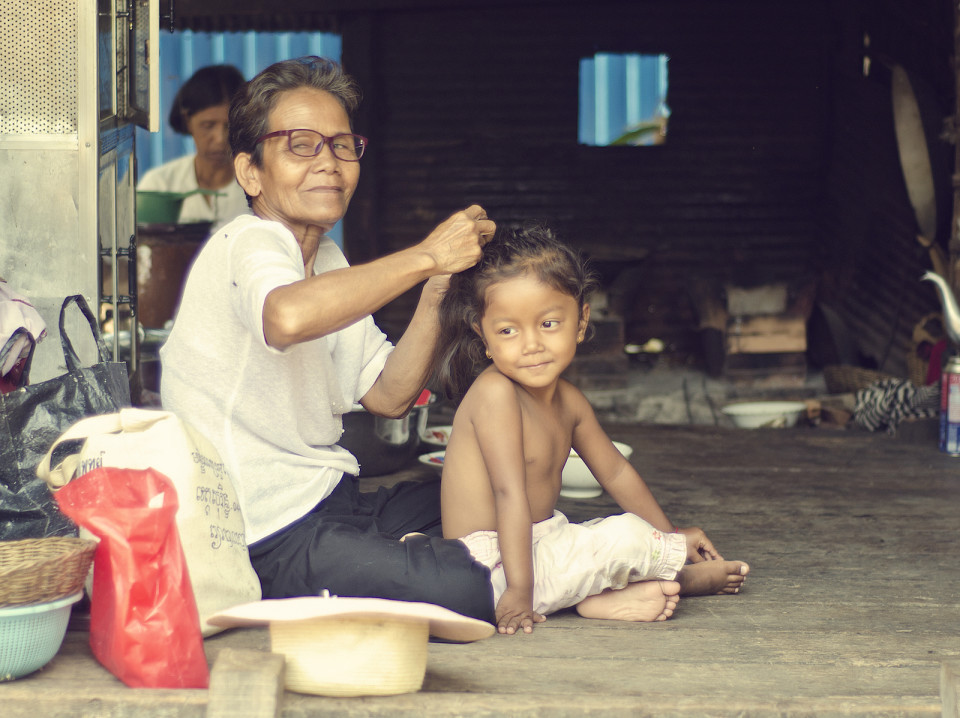

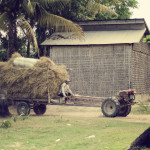

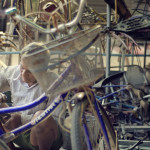
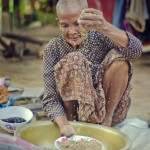
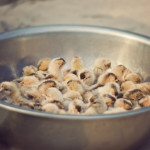
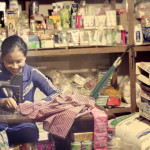

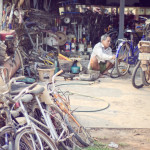
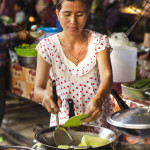
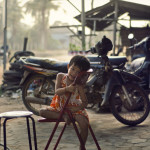
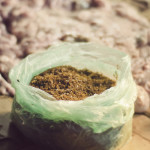


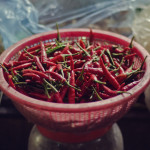
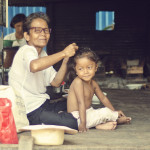
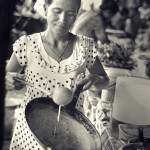
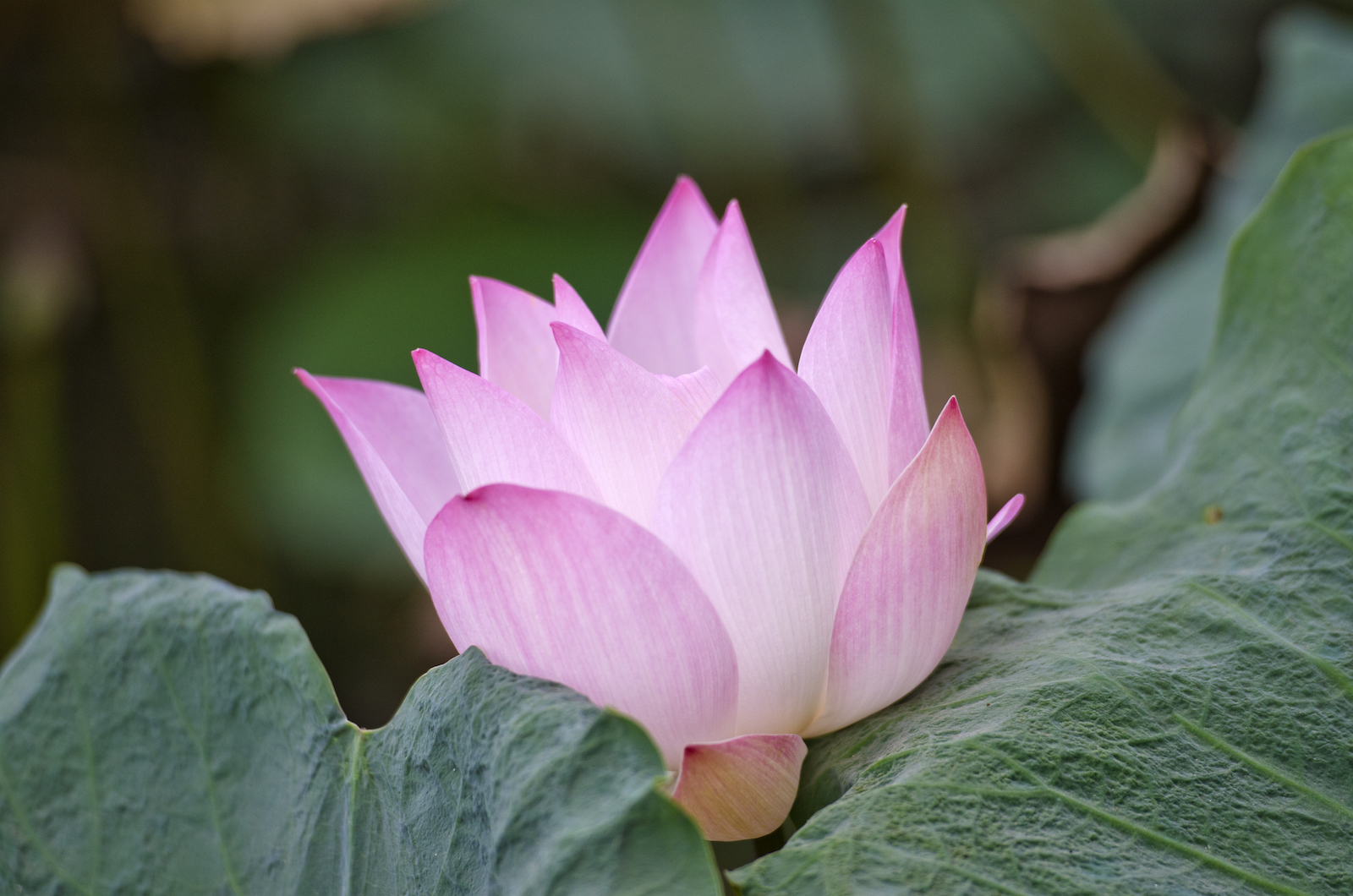





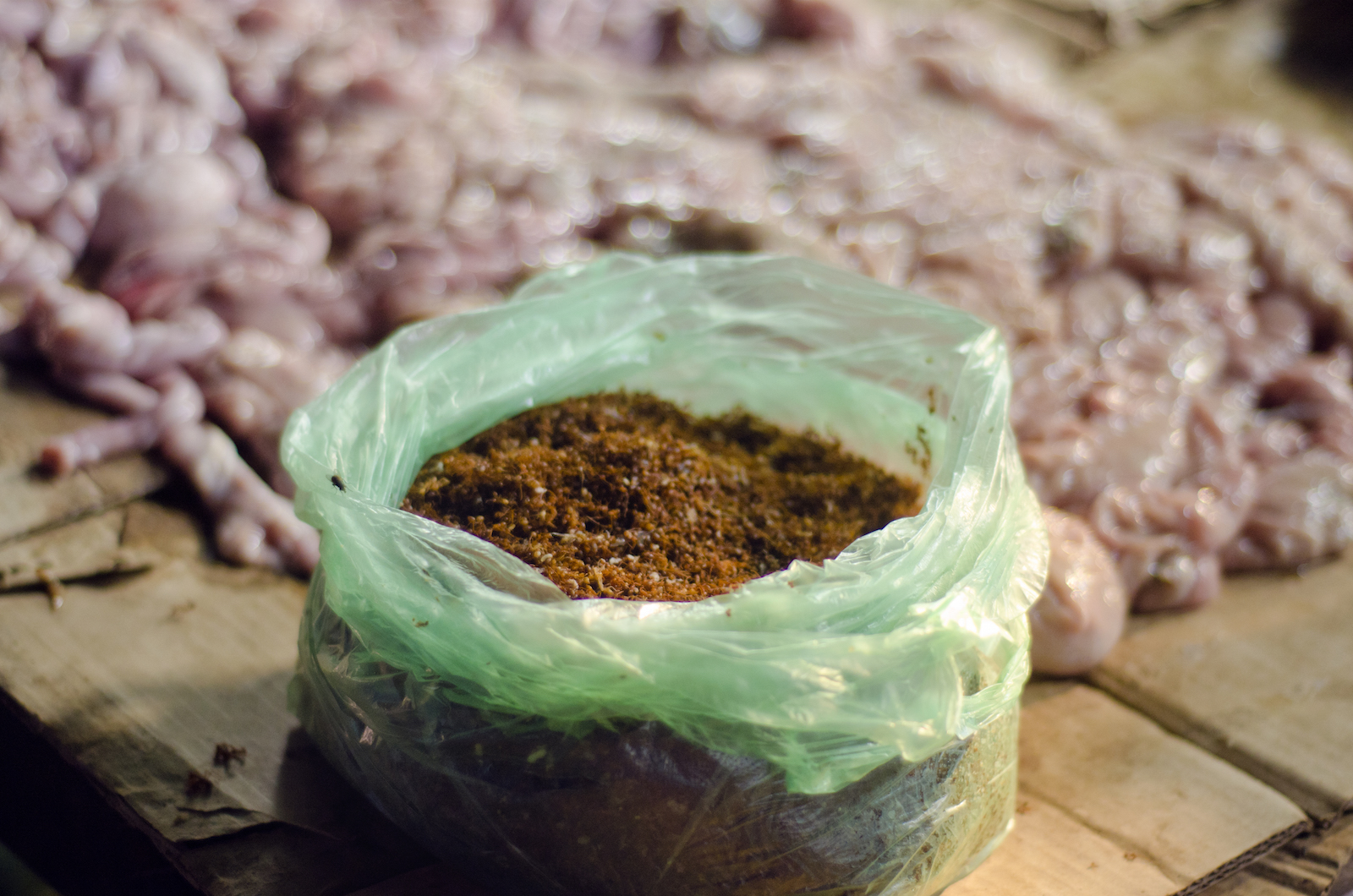
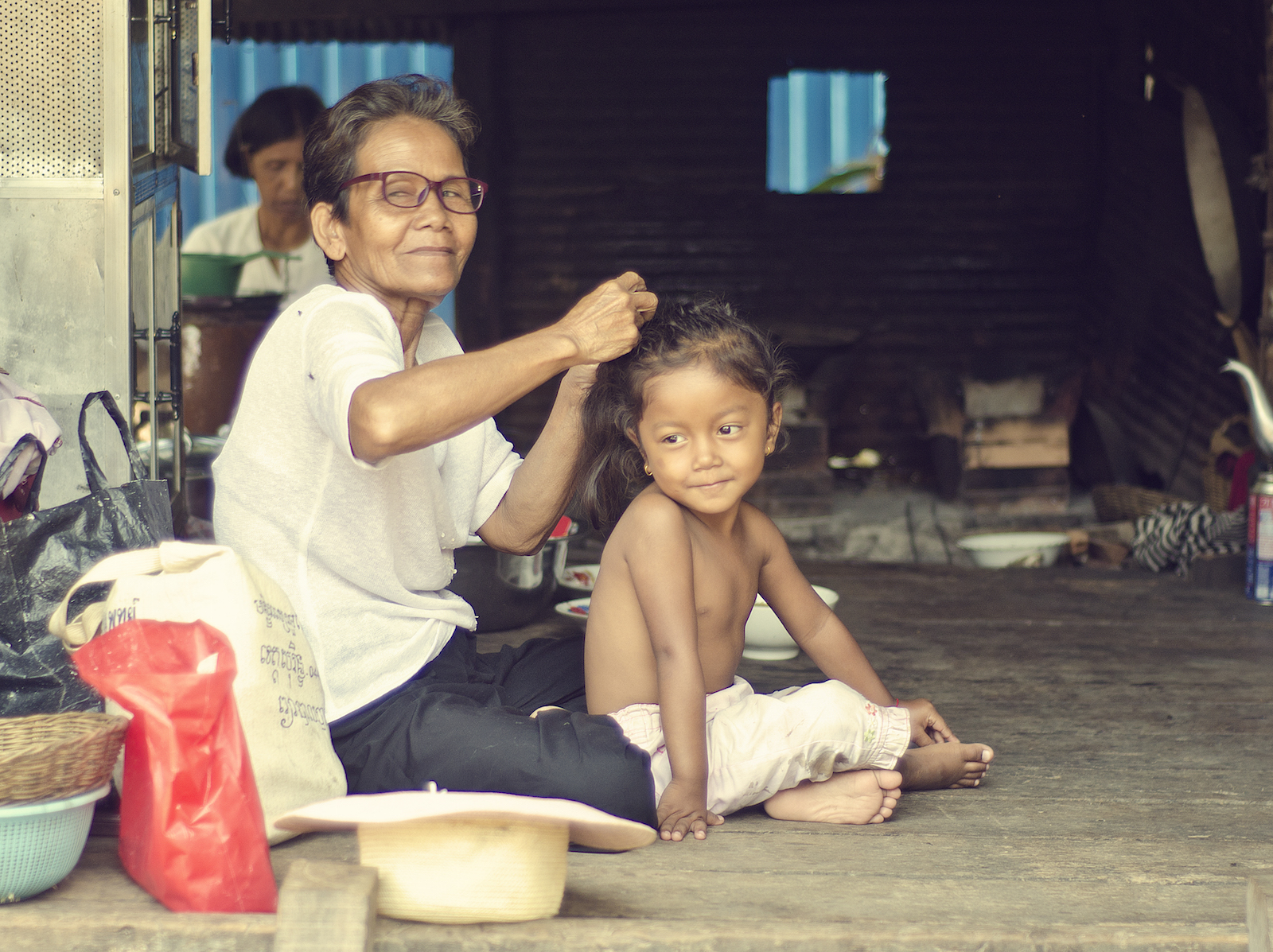
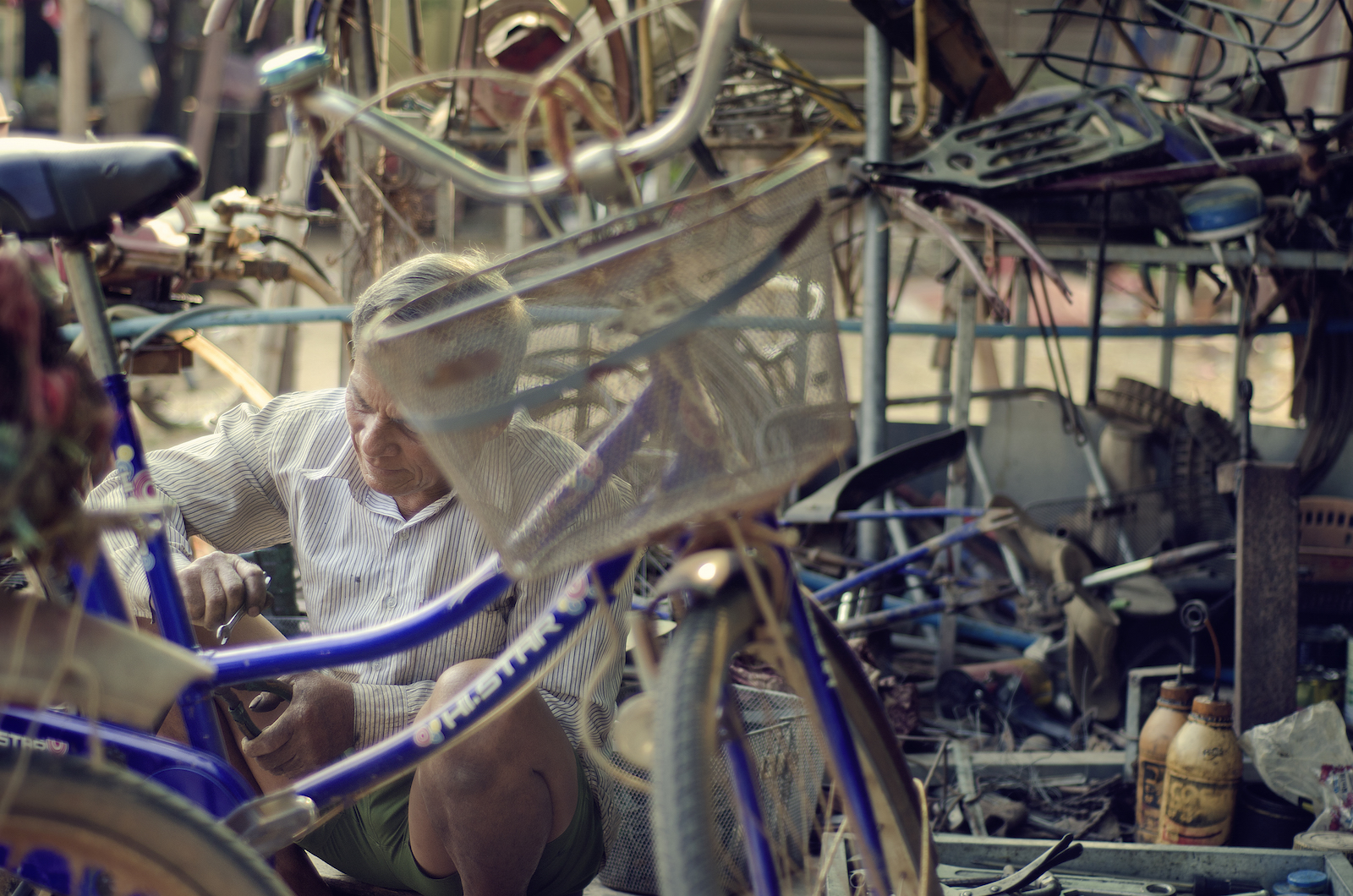
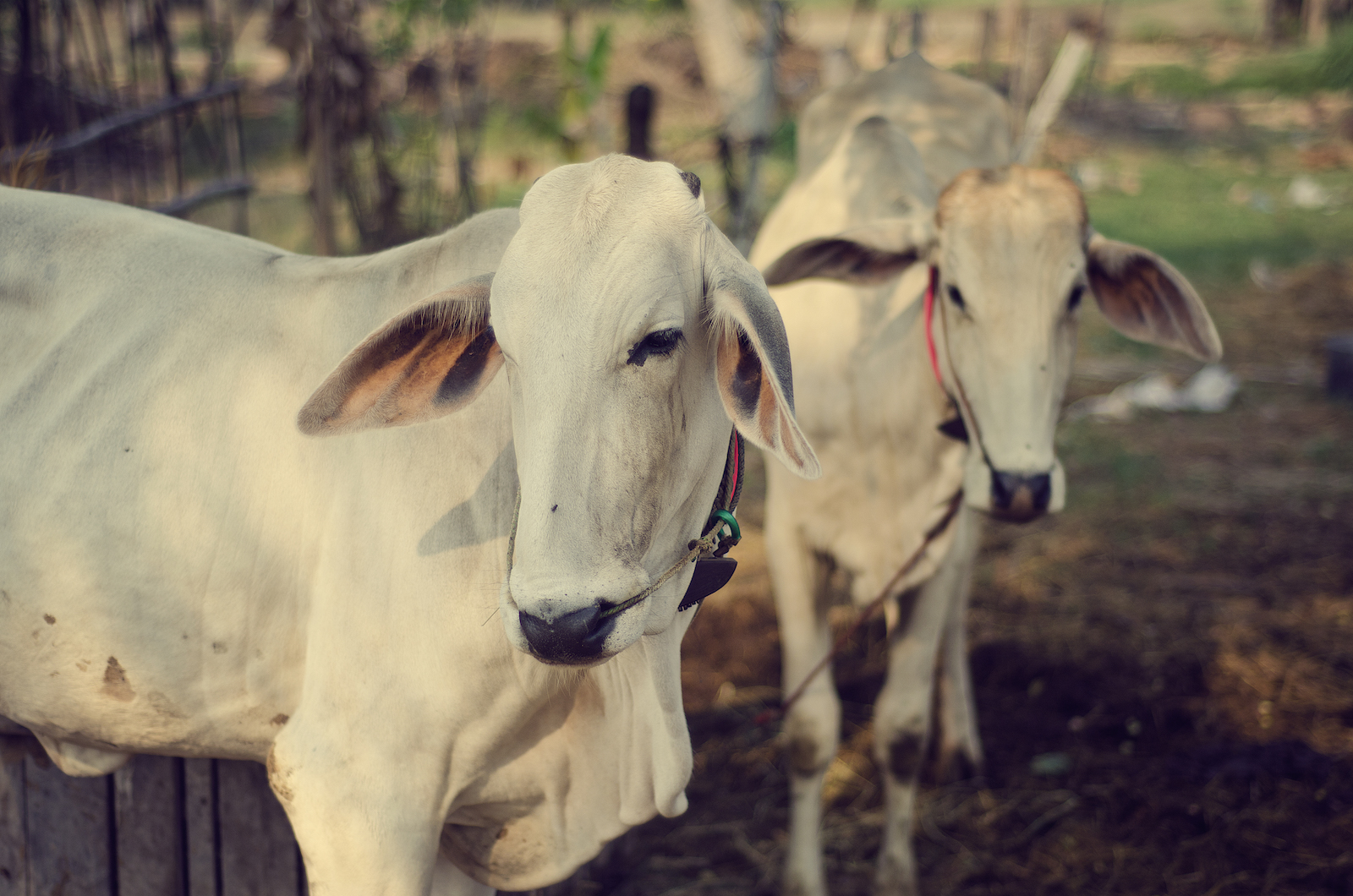

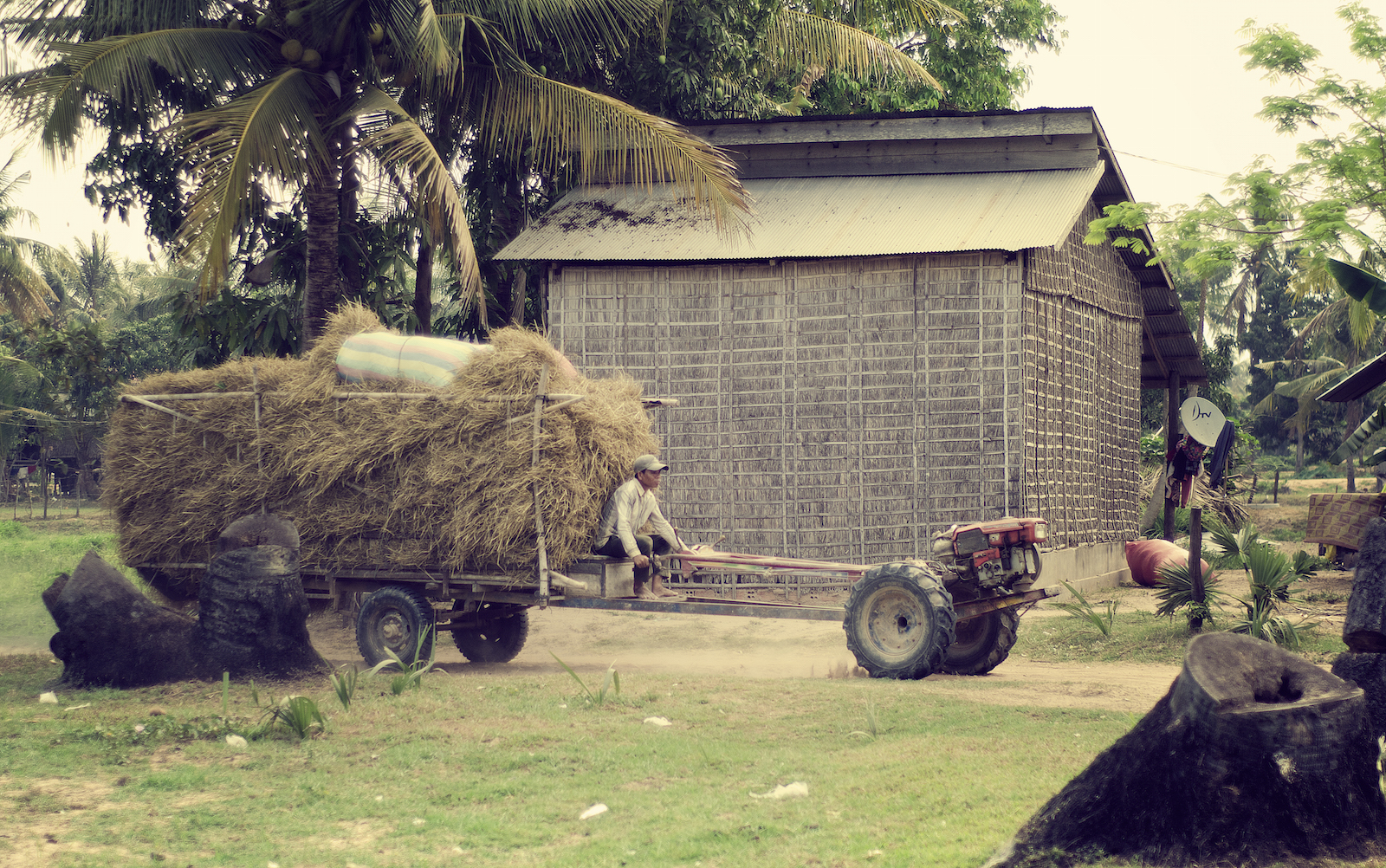
beautiful writing to accompany these beautiful photos. =)